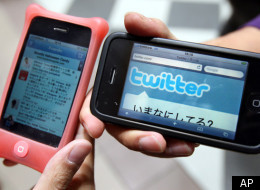Throughout the entire blog postings made and as time flew. I realise how difficult it was in working continuously assignments after assignments and that proper time management was required. With numerous research needed to be conducted to increase credibility and to avoid plagiarism, it was indeed a growth in my researching skills but this was the hardest task in completing the posts as I have to dig deep in order to full understand the issues. Moreover, by enabling myself to be exposed and open to these researches, I indeed realise when it is proper to use formal languages and increase my formal reading skills.
 |
| Source: Kaalchakra Spirituality |
Despite the fear to enter online communities, I not only develop in communication techniques but also enable me to be more open in terms of perspective, culture and background. By the end of the blog posts, I learn how to publish news online, to meet reader’s interest and expectations, be more reasonable socially and to solve problems. This reflection period is indeed essential and worthy. As Albert Einstein says, “Without deep reflection, one knows from daily life that one exists for other people”.
References:
- Einstein, A 1921, Quotation, Thinkexist, viewed 8th June 2011, <http://thinkexist.com/quotation/without_deep_reflection_one_knows_from_daily_life/15653.html>














